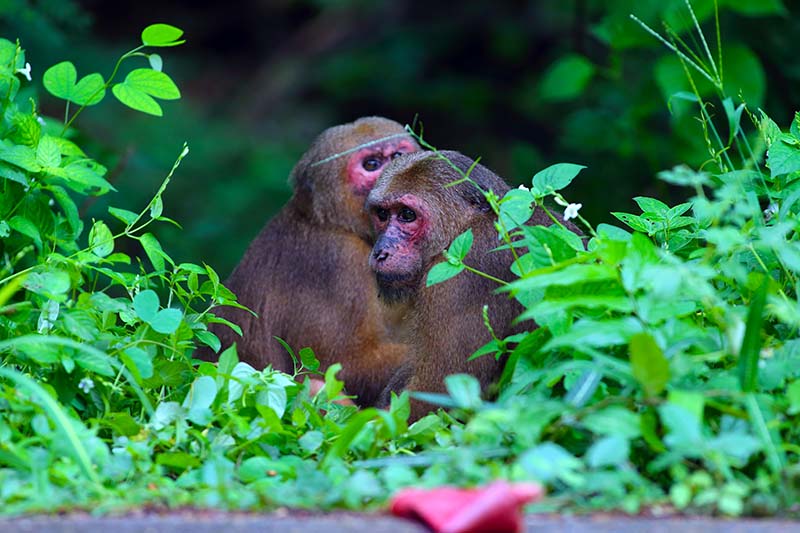
3-minute read
When the night has come
And the land is dark
And the moon is the only light we’ll see
No, I won’t be afraid, oh, I won’t be afraid
Just as long as you stand, stand by me.
Ben E. King
Marvels of complex intelligence, dolphins are widely acknowledged as one of the brainiest animal species on the planet. Scientists studying how the clever communicators and determined problem-solvers apply their cetacean smarts to assisting other dolphins in distress have concluded that the marine mammals also have a remarkable capacity for caregiving.
Active assistance aimed at relieving another’s suffering can take many forms, but the most important is the simple willingness to answer a call for help—and that’s a trait our finned friends share with humans. According to researchers documenting caregiving behaviors in animals, dolphins will respond to the distress calls of an injured or dying member of their pod and attempt to provide aid.
Leave No Dolphin Behind
And what does dolphin aid look like? It starts with a whistle. Individual dolphins establish contact with one another and communicate through signature whistles. An increase in the intensity and frequency of a whistle accompanied by a stream of bubbles can signal a cry for help from a dolphin in trouble. Dolphins typically swim to the rescue by staying close, rapidly circling, showing aggression toward a threat, or offering direct help by lifting a suffering pod member to the surface to breathe.
You might imagine that the resourceful animals learn triage from trainers, but both captive and wild dolphins have been observed attempting to provide caregiving. In a recent report, a group of 20 wild bottlenose dolphins filmed in the Red Sea instinctually formed teams to offer support to a struggling female. Responding to distress whistles, one team pushed and lifted her to the surface for air while another swam below, supporting her lower body. For as long as she whistled for help, the caregiving cetaceans stayed with her, pushing and lifting, listening for the distress cries to stop.
Scientists have yet to determine exactly what motivates helping behaviors in dolphins. Could the ability to recognize and try to alleviate the suffering of a fellow creature be a “scratch my fin, I’ll scratch yours” survival strategy or perhaps a demonstration of animal altruism? Advances in AI aimed at decoding animal communications could hold the key to understanding what drives their actions. Until we know for certain, we’d like to believe these whip-smart cetaceans show caring out of the goodness of their dolphin hearts.

ICYMI Nature News
Innovative Strategies to Save Corals
As rapidly warming waters continue to devastate corals globally, scientists are racing to develop strategies to help them survive. You can read how shade, fog, supplemental feeding and cool water mixing might help here.
A Beaver on Every Block
Could New York City parks benefit from the introduction of beavers? A proposal to bring the industrious rodents to city ponds aims to increase biodiversity in urban areas. We think it’s a dam good idea!
Extinct Prehistoric Bird is Back
In a welcome conservation victory, a big, blue ball of a flightless bird long extinct in the wild is getting a second chance to roam free in the Alpine slopes of New Zealand. You can watch the handsome fellows strut their feathery stuff here.
The Real Reason Why Cats Love Tuna
If you share your space with a house cat, you know that tuna is the holy grail of feline feasting. So, why does a creature that evolved in the desert crave a particular type of seafood? Scientists believe it’s all about umami.
The Key to Bringing Back Bugs
Major environmental indicators point to the fact that beneficial insects are in serious trouble. The good news is that no matter how small your patch, you can pitch in and provide habitat to help reverse their decline. Read all about it here.
Time to Tidy the Planet
World Cleanup Day is September 16th. If you’d like to help make the planet a little more pristine, you can find a local tidying crew here.
Bird Photographer of the Year 2023
We’ll leave you with a hit of beauty from the natural world: the winning photos from the 2023 Bird Photographer of the Year. Enjoy!




































































